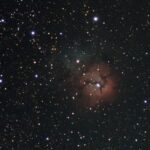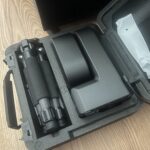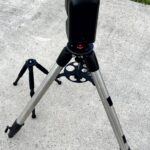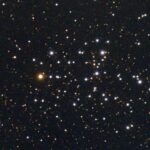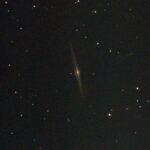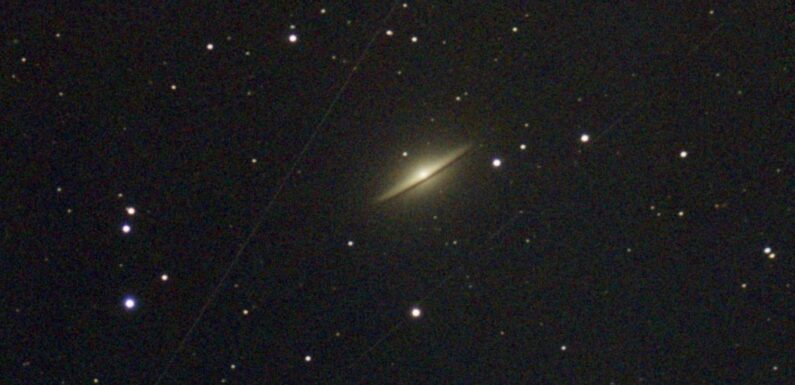
I have been traveling for work the past couple of days. I took the SeeStar with me, unfortunately cloudy nights prevented me from doing any observing while on the road. I returned home to a nice clear sky so I put the SeeStar S50 out for a quick EAA session. I was set up for a little over an hour and during that time I observed 3 great looking galaxies: M104, M101, and M100.
I set up the SeeStar in the driveway just before dark. When I powered it on it asked me if I wanted to update the firmware, so I did. The firmware update only took a couple of minutes. Once the update was complete I adjusted the level on the SeeStar. With the firmware updated and the SeeStar level I shut it down and waited for dark.
At around 8:45 PM I powered the SeeStar up and slewed it to the first target, M104. After the Sombrero Galaxy was framed up and all looked good, I went inside and spent the rest of the EAA session watching the details build after each 10 second exposure from the comfort of the couch.
The images from this EAA session were captured using the SeeStar S50 set up on a CG5 tripod. Live stack integrations are typically less than 30 minutes with no post processing or enhancements performed on the captured images outside of the live stack. The images have been cropped but are otherwise just as they were observed on screen in the SeeStar app.
Messier 104 (M104), the Sombrero Galaxy, is a peculiar galaxy located in the constellation borders of Virgo and Corvus. This is a SeeStar live stack of 121 x 10 second exposures with the IRCUT filter.
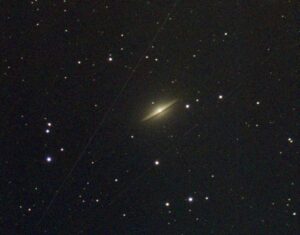
Couple of satellites buzzed by during the live stack.
Messier 101 (M101), the Pinwheel Galaxy, a face-on spiral galaxy in the constellation of Ursa Major. This is a SeeStar live stack of 121 x 10 second exposures with the IRCUT filter.
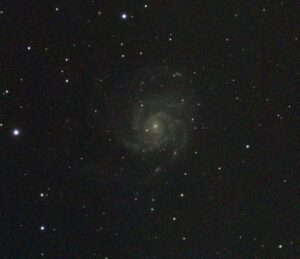
Messier 100, the Blow Dryer or the Mirror Galaxy, is a grand design spiral galaxy which is the one of the largest and brightest members of the Virgo Cluster. This is a SeeStar live stack of 122 x 10 second exposures with the IRCUT filter.
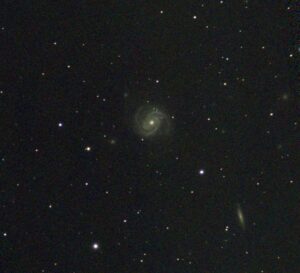
There are quite a few other interesting faint fuzzies in this capture as well. NGC 4312, another member of the Virgo Cluster, is the edge-on spiral galaxy down and to the right of M100.
When I went out to pack up the SeeStar bit of dew was starting to settle on the outer shell of the SeeStar. I have not had to turn on the integrated dew heater yet, but I think if I had stayed out much longer it would have been needed. I powered down and packed up the SeeStar just after 10:30 PM. I probably would have stayed out a bit longer if it wasn’t a work night. A nice night for looking up.


